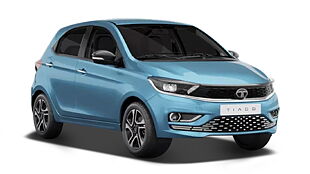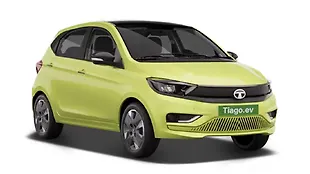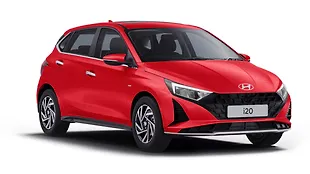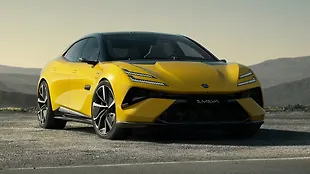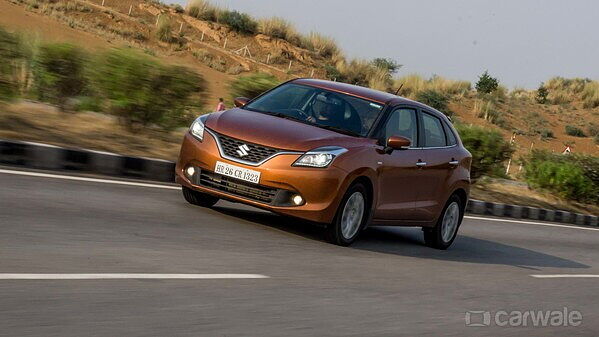
The new Baleno will be the first of many vehicles to be made by Maruti Suzuki India to be exported to Japan. The Baleno will also be exported to many countries in Europe and South America. Maruti Suzuki is currently manufacturing the premium hatchback at their Manesar plant in Gujarat. They are also building a completely new plant in Gujarat specially to handle the exports.
Maruti Suzuki India had commenced production in 1983, it started with the Maruti Suzuki 800, which was built using Japanese technology and components, and the current interchange makes this move significant.
"Competition is very high in developed countries. They have a lot of good products and under that condition we have to compete. If this product will be successful we have a chance to grow our strategy," said Maruti's managing director, Kenichi Ayukawa to Reuters. The export strategy is yet to be finalised, but India has a chance to establish itself as a Suzuki export hub, Ayukawa said, adding that Maruti plans to export about 50,000 units of the Baleno in 2016.
The Baleno was launched in India in October 2015 with a 1,197cc, 4-cylinder petrol, 83bhp at 6,000rpm and 115Nm at 4,000rpm or a 1,248cc, 4-cylinder diesel, 74bhp at 4,000rpm and 190Nm at 2,000rpm. Both the engines get a 5-speed manual transmission, whereas the petrol engine can be bought with an optional Continuously Variable Transmission (CVT). The export market is expected to receive the more powerful Booster-jet turbocharged petrol engine.
In India, the Baleno takes on competition from the Hyundai i20 and the Honda Jazz. The Baleno is the first Maruti Suzuki product below Rs 10 lakh, to offer dual airbags and ABS as a standard feature on all the variants.
![Maruti Suzuki Baleno [2015-2019] Image Maruti Suzuki Baleno [2015-2019] Image](https://imgd.aeplcdn.com/272x153/cw/ec/21723/Maruti-Suzuki-Baleno-Right-Front-Three-Quarter-147250.jpg?wm=0&q=80)
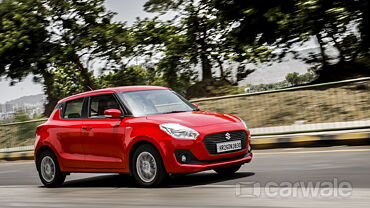









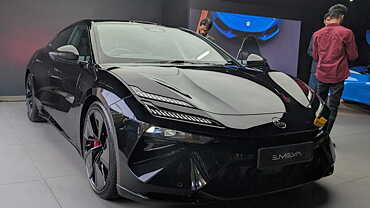


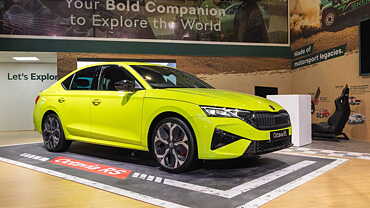

![Maruti Suzuki Baleno [2015-2019] Right Front Three Quarter Maruti Suzuki Baleno [2015-2019] Right Front Three Quarter](https://imgd.aeplcdn.com/199x112/cw/ec/21723/Maruti-Suzuki-Baleno-Right-Front-Three-Quarter-147250.jpg?wm=0&q=80)
![Maruti Suzuki Baleno [2015-2019] Exterior Maruti Suzuki Baleno [2015-2019] Exterior](https://imgd.aeplcdn.com/199x112/cw/ec/19751/Maruti-Suzuki-Baleno-Exterior-118756.jpg?wm=0&q=80)
![Maruti Suzuki Baleno [2015-2019] Right Front Three Quarter Maruti Suzuki Baleno [2015-2019] Right Front Three Quarter](https://imgd.aeplcdn.com/199x112/ec/08/76/19751/img/m/Maruti-Suzuki-New-Baleno-Right-Front-Three-Quarter-55663_l.jpg?v=201711021421&q=80)
![Maruti Suzuki Baleno [2015-2019] Dashboard Maruti Suzuki Baleno [2015-2019] Dashboard](https://imgd.aeplcdn.com/199x112/cw/ec/19751/Maruti-Suzuki-Baleno-Dashboard-105544.jpg?v=201711021421&q=80)
![Maruti Suzuki Baleno [2015-2019] Steering Wheel Maruti Suzuki Baleno [2015-2019] Steering Wheel](https://imgd.aeplcdn.com/468x263/cw/ec/19751/Maruti-Suzuki-Baleno-Steering-Wheel-91881.jpg?v=201711021421&q=80)



